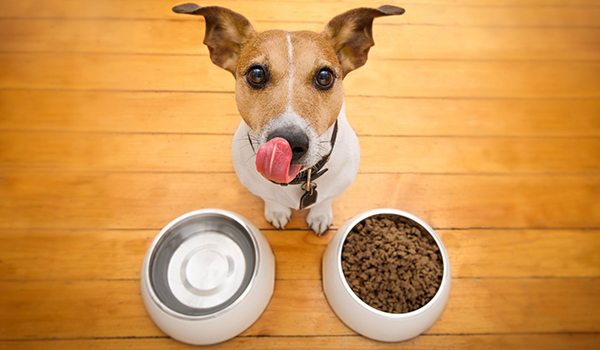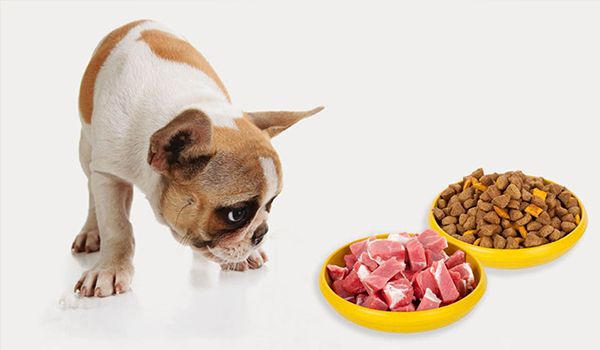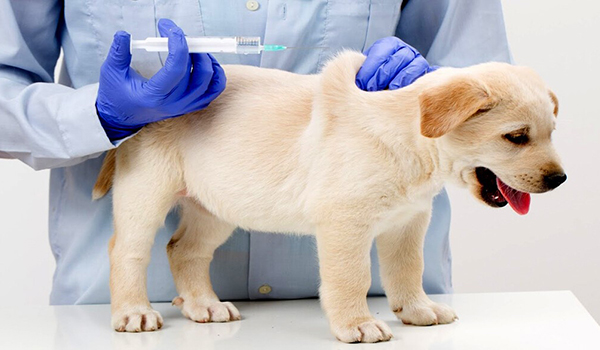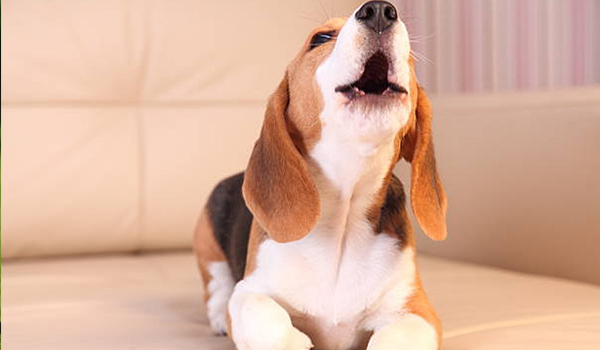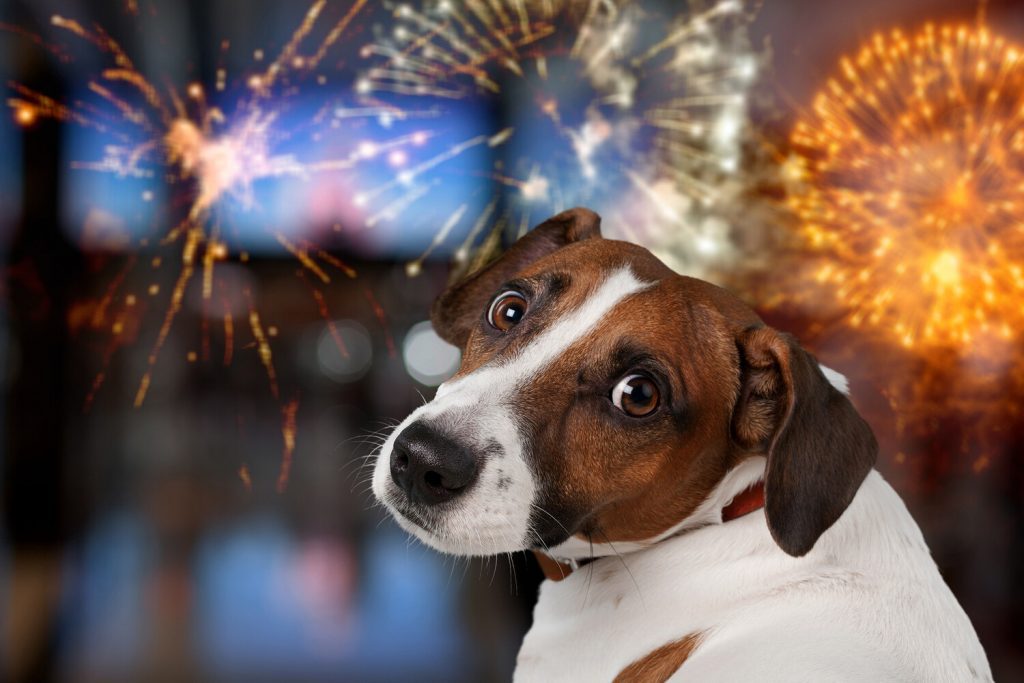
The crash of thunder, the sudden pop of fireworks, the blare of construction—while these sounds are just noise to us, for many dogs, they are terrifying, unpredictable events. Noise anxiety is a common and deeply distressing issue for our canine companions, leading to panic, destruction, and even self-injury.
Seeing your dog in a state of fear is heartbreaking, but you are not powerless. With patience, preparation, and a proactive approach, you can help your dog feel safer and learn to weather the storm with more confidence.
First, Understand the Fear
It’s important to know that your dog isn’t being “dramatic.” Their hearing is far more sensitive than ours, so noises are louder and more intense. Furthermore, they can’t rationalize the source of the sound. A firework is just a sudden, terrifying bang from an unknown origin. Common signs of noise anxiety include:
- Pacing, trembling, or panting
- Hiding (in a closet, bathtub, or under furniture)
- Destructive behavior (chewing, scratching at doors)
- Whining, barking, or howling
- Drooling, dilated pupils, or ears pinned back
- Attempting to escape or clinginess
Step 1: Create a Safe Haven
Your first line of defense is providing a secure, comfortable place where your dog can retreat.
- Choose the Right Spot: This is often a small, interior room (like a bathroom or closet) without windows or with covered windows, as this muffles sound and prevents them from seeing flashes of lightning or fireworks.
- Make it Cozy: Outfit this space with their favorite bed, blankets, and an article of your worn clothing. Your scent is calming.
- Drown Out the Noise: Sound Therapy is highly effective. Play calming music, white noise, or even leave a TV on. There are even dedicated playlists and YouTube channels designed for dog anxiety. The sound should be loud enough to mask the disturbing noises but not so loud as to be stressful itself.
- Let Them Hide: If your dog chooses to hide under furniture or in their crate (if they are crate-trained), don’t pull them out. This is their way of coping. Ensure their crate is covered with a heavy blanket to dampen sound and make it feel more den-like.
Step 2: Use Calming Tools & Therapies
There is a wide range of products designed to ease canine anxiety. What works for one dog may not work for another, so be prepared to try a few.
- Pressure Wraps: Products like the Thundershirt apply gentle, constant pressure to the torso, similar to swaddling a baby. This can have a dramatic calming effect on many dogs.
- Pheromone Therapy: Adaptil (D.A.P. – Dog Appeasing Pheromone) is a synthetic copy of the calming pheromone a mother dog emits to soothe her puppies. It comes in a plug-in diffuser, spray (for bedding), or collar.
- Calming Supplements: Over-the-counter supplements containing ingredients like L-Theanine, L-Tryptophan, or melatonin can take the edge off mild to moderate anxiety. These must be given before the anxiety starts to be effective, so watch weather forecasts and be aware of holidays like the 4th of July.
- Prescription Medication: For severe anxiety, consult your veterinarian. Medications like Trazodone or Sileo (a gel applied to the gums) can be lifesavers. They are not a sedative but an anti-anxiety medication that helps your dog stay calm enough to learn new coping skills. There is no shame in using medication for a legitimate medical condition like severe anxiety.
Step 3: Behavior Modification – Change the Emotional Response
This is the long-term solution that addresses the root of the fear. The goal is to change your dog’s emotional response from “Scary noise!” to “Noise means amazing things happen!”
- Counter-Conditioning and Desensitization (CCDS):
- Desensitization: Play a recording of the scary sound (thunder, fireworks) at an extremely low volume—so low your dog notices it but doesn’t react fearfully.
- Counter-Conditioning: While the sound is playing at this low level, engage your dog in something they absolutely love. This could be a high-value treat (chicken, cheese, a stuffed Kong), a fun training session, or a game of tug.
- Gradual Increase: Over many sessions, very slowly increase the volume, always ensuring your dog remains relaxed and focused on the positive activity. If they show signs of fear, you’ve moved too fast. Go back to a lower volume.
Important: This process takes time and patience. It’s best done proactively, not during an actual storm or fireworks display.
What NOT to Do
- Do Not Punish: Never scold or punish your dog for being afraid. This will only confirm that the scary noise leads to bad things happening, making their anxiety worse.
- Do Not Over-Comfort: While it’s fine to offer calm, reassuring pets, excessive coddling and saying “It’s okay, it’s okay” in a worried tone can actually reinforce the fearful behavior. Your dog may interpret your tone as you being scared too, which validates their fear. Instead, be calm and confident.
- Do Not Force Exposure: Forcing your dog to “face their fear” by taking them outside during a fireworks show is flooding, and it can be deeply traumatic, severely worsening the phobia.
Your Action Plan for the Next Big Event
- Be Proactive: Check forecasts and mark your calendar for holidays known for fireworks.
- Exercise Early: Give your dog a long walk or vigorous play session long before the event is expected to start. A tired dog is a calmer dog.
- Prepare the Safe Haven: Close windows and curtains, turn on sound therapy, and plug in your Adaptil diffuser.
- Provide a Distraction: Give your dog a long-lasting, high-value treat like a frozen Kong or a food puzzle right before the noises begin.
- Remain Calm: Your dog looks to you for cues. Go about your normal routine. Act bored and unbothered by the noises outside.
Helping a dog with noise phobia is a journey of patience and empathy. By creating safety, using the right tools, and working to change their emotional response, you can help your best friend feel more secure and turn a terrifying event into a manageable one.

